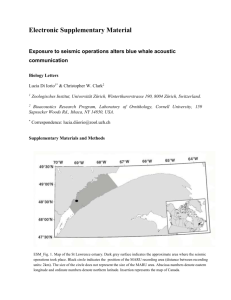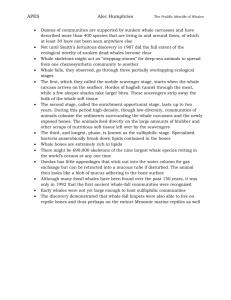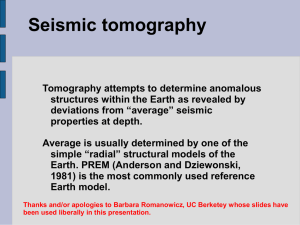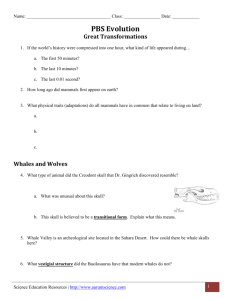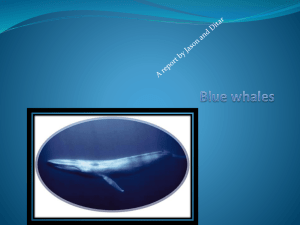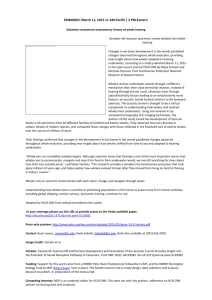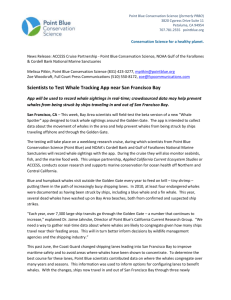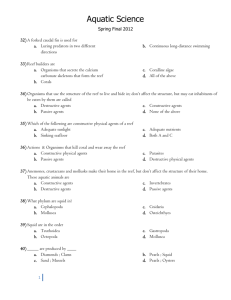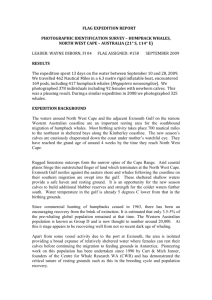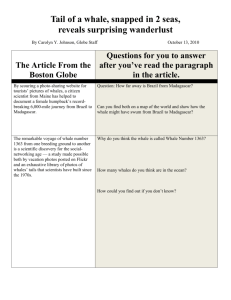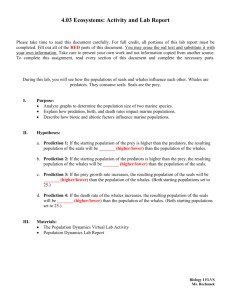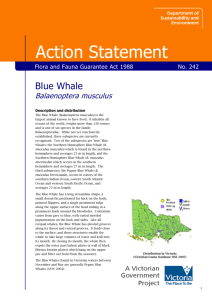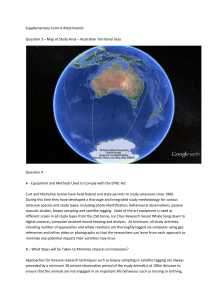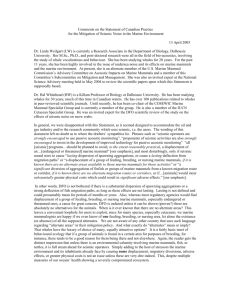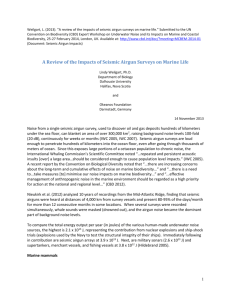Letter to the State Lands Commission on offshore
advertisement
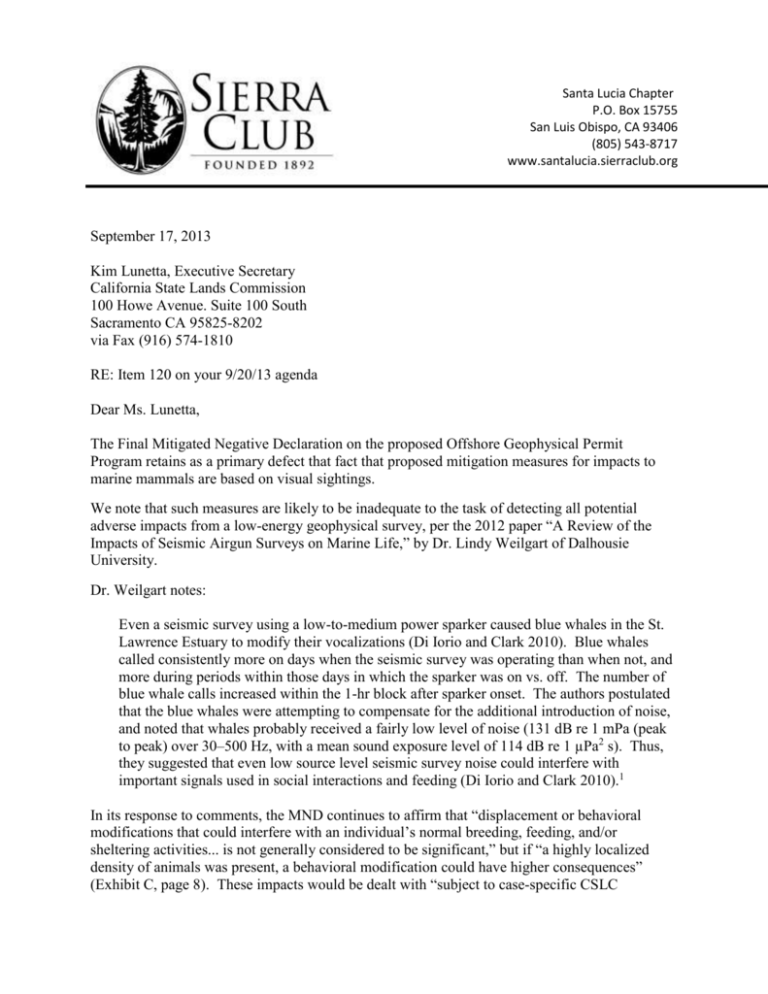
Santa Lucia Chapter P.O. Box 15755 San Luis Obispo, CA 93406 (805) 543-8717 www.santalucia.sierraclub.org September 17, 2013 Kim Lunetta, Executive Secretary California State Lands Commission 100 Howe Avenue. Suite 100 South Sacramento CA 95825-8202 via Fax (916) 574-1810 RE: Item 120 on your 9/20/13 agenda Dear Ms. Lunetta, The Final Mitigated Negative Declaration on the proposed Offshore Geophysical Permit Program retains as a primary defect that fact that proposed mitigation measures for impacts to marine mammals are based on visual sightings. We note that such measures are likely to be inadequate to the task of detecting all potential adverse impacts from a low-energy geophysical survey, per the 2012 paper “A Review of the Impacts of Seismic Airgun Surveys on Marine Life,” by Dr. Lindy Weilgart of Dalhousie University. Dr. Weilgart notes: Even a seismic survey using a low-to-medium power sparker caused blue whales in the St. Lawrence Estuary to modify their vocalizations (Di Iorio and Clark 2010). Blue whales called consistently more on days when the seismic survey was operating than when not, and more during periods within those days in which the sparker was on vs. off. The number of blue whale calls increased within the 1-hr block after sparker onset. The authors postulated that the blue whales were attempting to compensate for the additional introduction of noise, and noted that whales probably received a fairly low level of noise (131 dB re 1 mPa (peak to peak) over 30–500 Hz, with a mean sound exposure level of 114 dB re 1 µPa2 s). Thus, they suggested that even low source level seismic survey noise could interfere with important signals used in social interactions and feeding (Di Iorio and Clark 2010).1 In its response to comments, the MND continues to affirm that “displacement or behavioral modifications that could interfere with an individual’s normal breeding, feeding, and/or sheltering activities... is not generally considered to be significant,” but if “a highly localized density of animals was present, a behavioral modification could have higher consequences” (Exhibit C, page 8). These impacts would be dealt with “subject to case-specific CSLC consideration, including potentially additional modeling or other analysis prior to the survey being allowed.” We question the reliance on the project-specific assumption that disruption of breeding, feeding, and/or sheltering activities does not constitute a significant impact in the context of a programmatic environmental document that will be used as the basis for multiple permits over a period of years off the coast of California. This assumption should be subject to additional study and review. The assertion that case-specific adjustments will be made and impacts avoided in the event of potential behavioral modification of a localized density of animals is not supported by the lack of a mitigation measure that has the potential to detect a change in the number of whale calls. We note the apparent contradiction in the case-specific plan involving “additional modeling or other analysis prior to the survey being allowed,” which is somehow to take place after the survey has “repeatedly caused animals to move out of the survey vicinity for a prolonged period.” Even if this contradiction can be resolved, it is not clear when the additional modeling/analysis would take place within the timetable of an already permitted and scheduled survey subsequent to the discovery of an atypical “highly localized density of animals,” nor does CEQA recognize modeling and analysis as mitigation. In light of the foregoing, the MND’s assessment of potential impacts appears to be inadequate, and the proposed mitigations are therefore inadequate. For these reasons, we urge the preparation of a full Environmental Impact Report. Thank you for the opportunity to comment and your attention to this matter, Andrew Christie, Director Santa Lucia Chapter of the Sierra Club 1 Di Iorio, L. and Clark, C.W. 2010. Exposure to seismic survey alters blue whale acoustic communication. Biol. Lett. 6 (1): 51-54. doi:10.1098/rsbl.2009.0651
